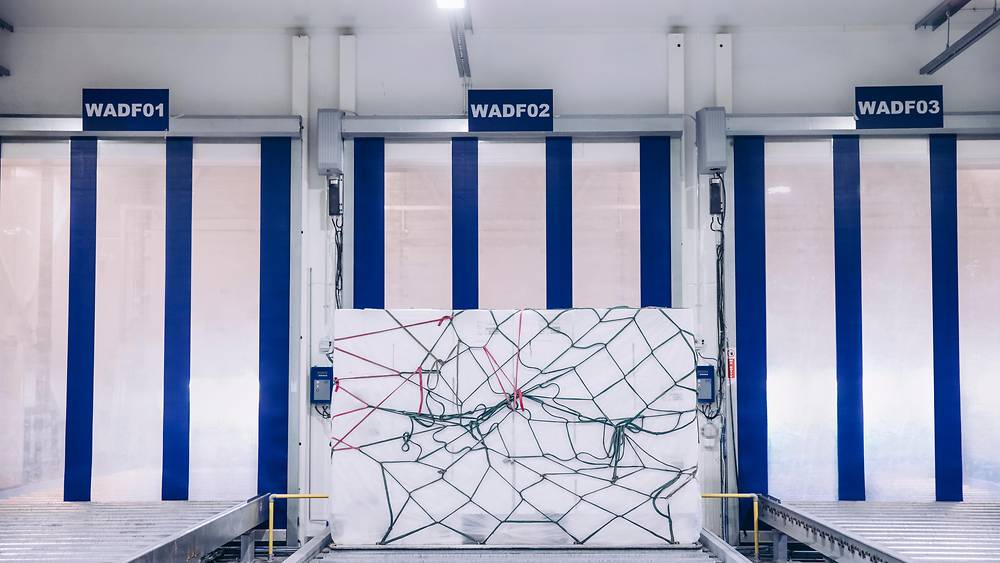Cargo news


Norwegian seafood and Finnair Cargo: a match made in the Nordics
Finnair's new COOL Nordic cargo hub at Helsinki Airport is the most modern air cargo terminal in Europe and a leader in temperature-controlled logistics. When you combine this technology with Helsinki's proximity to Northern Norway and the short flying time from Helsinki to Japan, Finnair becomes a critical bridge for Norwegian seafood producers sending high-quality produce to Asia.
In the air freight industry Finnair is fondly known as the airline of flying fish. In this article we introduce Finnair's seafood expertise and quick times to Asia with the help of three eye-opening articles about salmon and king crabs carried by Finnair.
Following the salmon's journey from Norway to Japan in 36 hours
It takes an efficient and highly optimised logistics chain to ensure that salmon leaving the fjords in Norway reach the mouths of Japanese diners within 36 hours, but that's what Finnair and their partners have achieved.
Journalist Tim Bird follows the salmon from farm to restaurant and learns that Japanese consumers can easily tell the difference between frozen and fresh salmon. The journey takes Tim from northern Norway down through Finnish Lapland by road to Finnair's terminal in Helsinki and onwards across the Siberian tundra on an Airbus before arriving at Tokyo’s Tsukiji Fish Market.
Flying king crab class to South Korea
King crabs from Norway are highly prized in Seoul, South Korea and time from water to market is critical for producers and forwarders in Norway. That's why, like salmon, king crabs are trucked quickly and efficiently from norther Norway to Helsinki.
According to Lasse Wangen of forwarding agent, Salmosped AS, "Time is crucial, the main objective being to keep the total number of hours to a minimum."
Thanks to the Short Northern Route and quality assurances that Finnair provides, the Norwegians and their customers in Korea are heavily reliant on Finnair. With Finnair, king crabs are stored at the correct low temperatures during travel and at critical junctures between modes of transport, and this ensures that the crabs don't experience stress.
The market in Asia is expected to grow as consumers demand more high-quality fresh produce and Finnair builds its Asian base with new routes and frequencies.
Hundreds of tonnes of exclusive high-end salmon flown every week for one of Norway's top seafood exporter
Finnair and Lerøy have developed what they call the 'Fresh Fish Every Day' concept, writes journalist Silja Kudel, which means that together they hope to meet the rising demand for salmon as the world's top sushi ingredient.
Norwegian Aurora Salmon® is in particularly high demand in Japan and it is a high-end exclusive product tailored for the demanding sushi and segment of the market.
Fastidious sushi consumers expect safety and reliability in their product, and according to Hans Petter Vestre of Lerøy, because the Aurora factory is situated in the north of Norway it makes more sense to send trucks carrying salmon to Helsinki instead of Olso.
That's what the 'Fresh Fish Every Day' concept is about: guaranteeing that salmon receive speedy transport to Helsinki and onwards to Asia in the quickest time possible, alongside the continual improvement in the reliability and quality of the cooperation with state-of-the-art monitoring and tracking technologies.